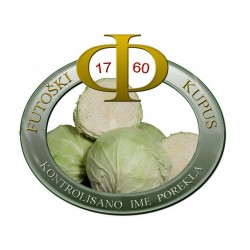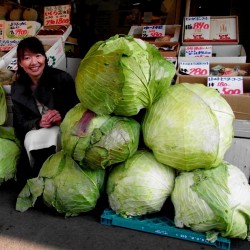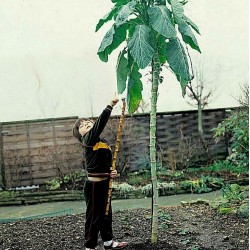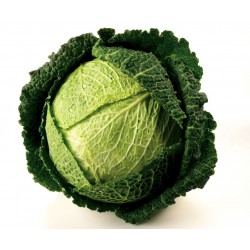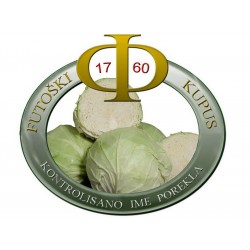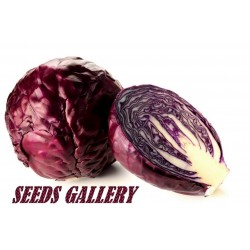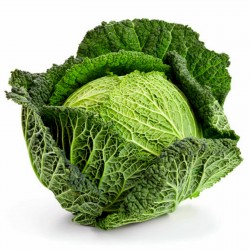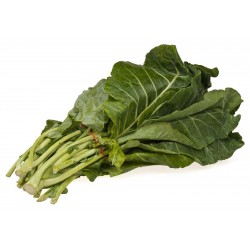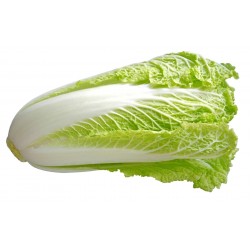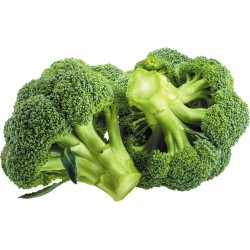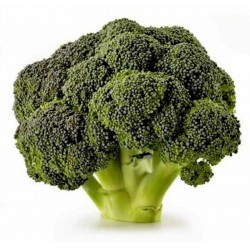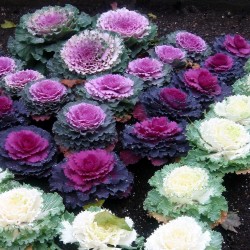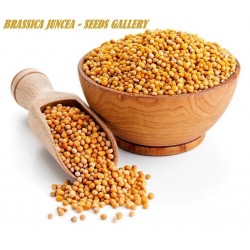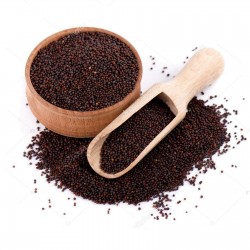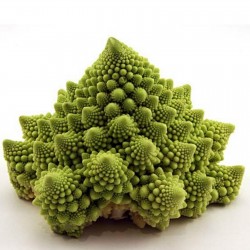Seeds Gallery EU,
5/
5
<h2 class=""><strong>Semințe de Muștar negru (Brassica Nigra)</strong></h2>
<h2><span style="color: #ff0000;"><strong>Preț pentru pachetul de 180 (1g) semințe.</strong></span></h2>
<p style="color: #212121;"><strong>Mustarul negru</strong><span> </span>-<span> </span><em>Brassica nigra</em><span> </span>-, cunoscut popular sub denumirea de -<span> </span><strong>mustar de camp, mustar salbatic, hardal<span> </span></strong>-, este o planta medicinala de cultura din familia<span> </span><strong>Cruciferelor</strong>.</p>
<p style="color: #212121;"><strong>Tulpina<span> </span></strong>este dreapta, cilindrica, bogat ramificata si paroasa la partea inferioara, atinge inaltimea de 1-1,5 metri.</p>
<p style="color: #212121;"><strong>Frunzele<span> </span></strong>verzi sunt penat-lobate, spre baza tulpinii sunt lungi si mici spre varful plantei.</p>
<p style="color: #212121;"><strong>Florile</strong><span> </span>sunt mici si galbene grupate in inflorescente.</p>
<p style="color: #212121;"><strong>Pastaile</strong><span> </span>sunt netede, bombate si pline de seminte.</p>
<p style="color: #212121;"><strong>Semintele</strong><span> </span>sunt dure, sferice, mici brun-inchis pana la negru la maturitate.</p>
<p style="color: #212121;">Este o planta ierboasa, anuala, raspindita si in flora spontana mai ales in sudul tarii, pe marginea drumurilor, pe terenuri cultivate etc.</p>
<h3>FACTORI CURATIVI</h3>
<p style="font-size: 14px;">In scopuri medicinale se utilizeaza numai<span> </span><strong>fructele,- semintele</strong><span> </span>-, sub forma de faina, sunt de dimensiuni reduse, rotunde cu gust puternic picant, intepator si culoare de la brun-inchis pana la negru.</p>
<p style="font-size: 14px;">Semintele se folosesc si in alimentatie ca si condiment, se recolteaza in iulie-august, atunci cand pastaile ajung la maturitate si sunt colorate in galben-brun inchis, iar semintele au nuanta cafenie-neagra.</p>
<p style="font-size: 14px;">Semintele au in componenta substante<span> </span><strong>antibiotice, bactericide, aminoacizi, sinigrina</strong>,- un compus cu sulf continut si de radacina de<span> </span>hrean<span> </span>-,<span> </span><strong>mirozina</strong><span> </span>- o enzima -,<span> </span><strong>minerale</strong><span> </span>- potasiu, magneziu, calciu,<span> </span><strong>vitamine, acizi organici, ulei volatil</strong>.</p>
<h3 style="color: #212121;">PROPRIETATI</h3>
<p style="color: #212121;">Mustarul<span> </span>negru<span> </span><strong>sub</strong><span> </span><strong>forma de pudra</strong><span> </span>se foloseste<span> </span><strong>numai extern</strong>, este un bun decongestiv pulmonar, trateaza reumatismul si nevralgiile sub forma de comprese, cataplasme si bai, are efecte emetice, diuretice, carminative, diaforetice, stomahice.</p>
<p style="color: #212121;"><strong>Faina din boabele de mustar negru</strong><span> </span>se obtine prin macinarea in<span> </span>rasnita<span> </span>de cafea sau boabele se pot zdrobi foarte fin in piua, se recomanda pastrarea in locuri uscate si racoroase, in recipiente de sticla bine etansate.</p>
<h3 style="color: #212121;">INDICATII TERAPEUTICE</h3>
<p style="color: #212121;">Mustarul sub forma de faina este un remediu natural, recomandat in tratarea in principal a inflamatiilor articulare, nevralgiilor, a alergiilor reumatice si a reumatismului, cefalee, guta, artrita, degeraturi -, sub forma de bai locale, bai generale sau cataplasme, este benefic si in raceli, gripa, bronsita, pneumonie, angina pectorala, tuse convulsiva.</p>
<p style="color: #212121;"><strong>Cataplasme</strong><span> </span>cu faina de mustar negru</p>
<ul style="color: #212121;">
<li>100-150 gr de faina de mustar negru se omogenizeaza cu apa calduta, se formeaza o pasta groasa, care se pune intre doua bucati de tifon, si se aplica pe zona dureroasa, este bine ca pielea sa fie unsa inainte cu ulei sau crema, compresa se aplica 15 minute, in cazul in care efectul revulsiv este prea puternic, se indeparteaza compresa.</li>
</ul>
<p style="color: #212121;"><strong>Baia</strong><span> </span>cu faina de mustar negru</p>
<ul style="color: #212121;">
<li>250 gr de faina de mustar negru, la o cada de apa pentru o baie generala,- faina se pune intr-un saculet de panza, si intr-un vas cu 2-3 litri de apa calduta, care apoi se toarna in cada de apa, baia nu trebuie sa depaseasca 15 minute.</li>
<li>peste o cantitate de 30-35 gr de faina de mustar negru, asezata intr-un saculet de panza, se toarna 3-4 litri de apa calduta, este bine ca si baia locala sa nu depaseasca 10-15 minute.</li>
</ul>
<p style="color: #212121;">Din amestecul dintre faina de mustar si apa calduta se elibereaza uleiul volatil care genereaza o cantitate mare de caldura datorita celor doua substante din componenta semintelor de mustar -<span> </span><strong>sinigrina si myrosina</strong><span> </span>-, care sunt un remediu natural benefic si in cazul mainilor si picioarelor reci, poate fi o solutie buna si pentru diferite probleme ale pielii.</p>
<h3 style="color: #212121;">RECOMANDARI</h3>
<p style="color: #212121;">Faina de mustar<span> </span><strong>nu trebuie aplicata direct pe piele</strong>, se folosesc bucati de tifon sau de panza, compresa nu trebuie lasata pana cand pielea incepe sa se inroseasca si sa se basice.</p>
<p style="font-size: 14px;">Faina de<span> </span>mustar<span> </span>negru se poate folosi combinata cu<span> </span>faina integrala de grau<span> </span>sau cu<span> </span>faina de in, si apa calduta, sub forma de cataplasme aplicate pe maini si picioare, sau pentru combaterea tusei convulsive pentru cei care suporta mai greu efectul revulsin.</p>
<p style="font-size: 14px;"><strong>Utilizarea excesiva</strong><span> </span>a compreselor cu faina de mustar negru,<span> </span><strong>poate provoca leziuni ale pielii</strong>.</p>
<ul style="font-size: 14px;"></ul><script src="//cdn.public.n1ed.com/G3OMDFLT/widgets.js"></script>
MHS 132 (1g)

